Windows 10 Home edition is the simplest basic version available. It, too, lacks a Local Security Policy Manager, as does the Group Policy Editor (secpol.msc). Users cannot control the many security rules that have been applied to their system without this, and they are vulnerable to certain risks if the necessary checks are not in place.

It would be ridiculous to pay for a new version of Windows just to have this capability. As a result, we’ve devised a method for installing the Local Security Policy manager on a Windows 10 Home edition PC.
You can configure security policies for machines or groups of computers on your network using the Local Security Policy console. Nonetheless, several user complaints confirm the absence of the Local Security Policy on their Windows 10 PC.
This could be an issue, particularly in Windows Home editions. In this post, we will teach you how to add the Local Security Policy in Windows 10 and how to open it in various ways. Now, let us get started.
Recommended Post:- How to Enable TLS 1.0 and 1.1 on Windows 11
What is SecPol.msc in Windows 10?
The Local Security Policy Manager is used to monitor and administer the host computer’s various security parameters. This covers regulations such as password management for a user’s account. For example, what should be the minimum length requirement, and should special characters be included? The Security Manager also manages User Account Control, which helps to prevent unauthorized and unverified changes to the system.

The SecPol, among many other useful security issues, allows its users to configure how other users act on the PC and what capabilities they may have. The Local Security Policy Manager can be accessed by a user account with administrative credentials.
Why is there no Local Security Policy in Windows 10?
When you try to open the Local Security Policy in Windows 10, you will receive the error Windows 10 cannot find secpol.msc. This is because your PC is running the Home edition of Windows 10.
Because it is a more advanced function of the Group Policy Editor that allows administrators to administer or manage various security aspects of host machines, Microsoft did not include it in the Home editions of Windows 10 or 11.
Only Windows 10 Enterprise, Pro, and Education editions have the Local Security Policy module, and sometimes the whole Group Policy Editor. You must manually enable Local Security Policy in Windows 10 Home edition if you want to use it.
How to enable Local Security Policy in Windows 10?
In the following section of the article, let us have a look at the steps which you need to follow and enable Local Security Policy in Windows 10. Don’t worry they are simple and easy to follow. Let us look at them.
Solution 1: Execute some commands
- Step 1: To open the Start menu, press the Win key.
- Step 2: Run Command Prompt as an administrator.
- Step 3: Type the following commands one at a time, pressing Enter after each one.
FOR %F IN (“%SystemRoot%\servicing\Packages\Microsoft-Windows-GroupPolicy-ClientTools-Package~*.mum”) DO ( DISM /Online /NoRestart /Add-Package:”%F” )
FOR %F IN (“%SystemRoot%\servicing\Packages\Microsoft-Windows-GroupPolicy-ClientExtensions-Package~*.mum”) DO ( DISM /Online /NoRestart /Add-Package:”%F” ) - Step 4: Restart your computer.

Solution 2: Make use of a script
- Step 1: Access the internet and download the SecPol script.
- Step 2: Right-click the downloaded file and select Extract.
- Step 3: Check to see if you are connected to the internet.
- Step 4: Go to the gpedit-enabler.bat file and right-click it.
- Step 5: Choose the option to run as administrator.
- Step 6: A command prompt will open, and the necessary files will be installed on your computer instantly.
- Step 7: When the command prompt displays the message “Press any key to continue,” press any key to quit CMD.
- Step 8: Restart your computer.
Solution 3: Upgrade to Windows 10 Professional
- Step 1: Hit the Win+I keys to bring up the Settings menu.
- Step 2: Go to Update and Security.
- Step 3: On the left pane, select Activation.
- Step 4: Click on the Go to Store button.
- Step 5: Buy the Windows 10 Pro edition.
- Step 6: After the system has been upgraded, you will have native access to Group Policy Editor.
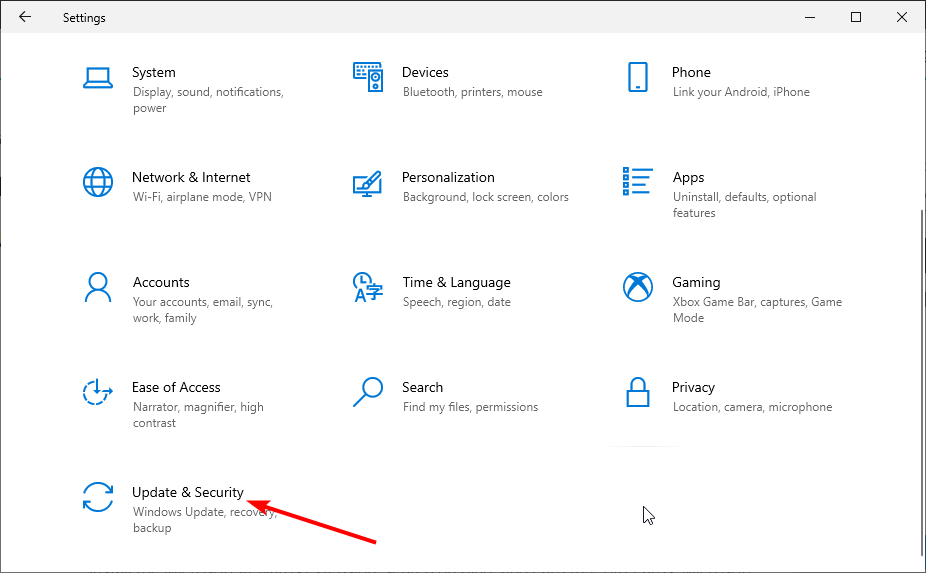
How to Open Local Security Policy on Windows 10?
Method 1: Make use of the Run dialogue.
- Step 1: Hit the Win+R keys to launch the Run dialogue.
- Step 2: Enter secpol.msc into the command prompt.
- Step 3: The Local Security Policy window will appear.
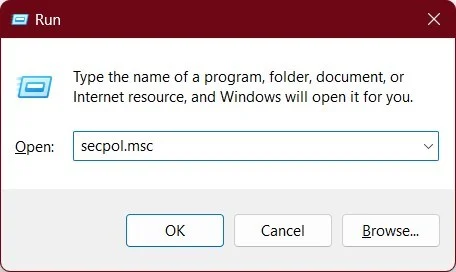
Method 2: Make use of the Control Panel.
- Step 1: To open the Start menu, press the Win key.
- Step 2: Launch the Control Panel.
- Step 3: Change the View by option to Tiny Icons.
- Step 4: Choose Windows Tools.
- Step 5: Choose the Local Security Policy option.
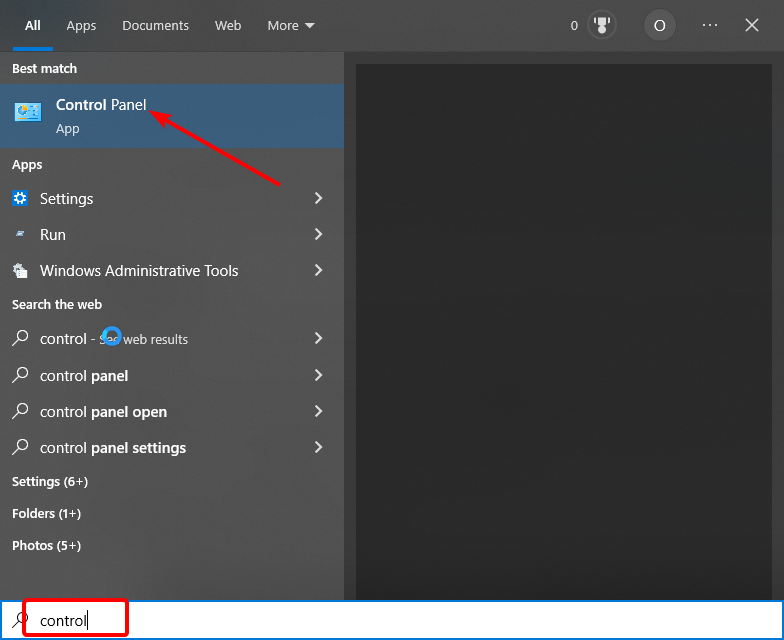
Method 3: Make use of Command Prompt
- Step 1: To open the Start menu, press the Win key.
- Step 2: Run Command Prompt as an administrator.
- Step 3: Input the command shown below.
secpol
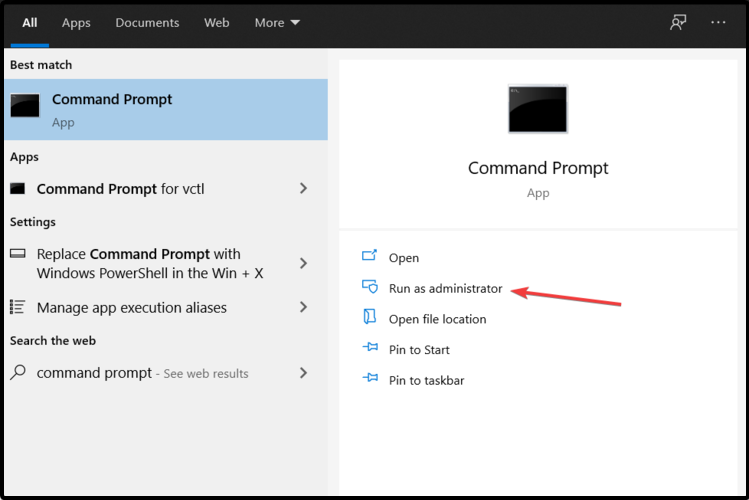
Method 4: Make use of Task Manager
- Step 1: To open the Start menu, press the Win key.
- Step 2: Open Task Manager by typing it in.
- Step 3: Choose File.
- Step 4: Choose Run new task.
- Step 5: In the Create new task window, type secpol.msc.
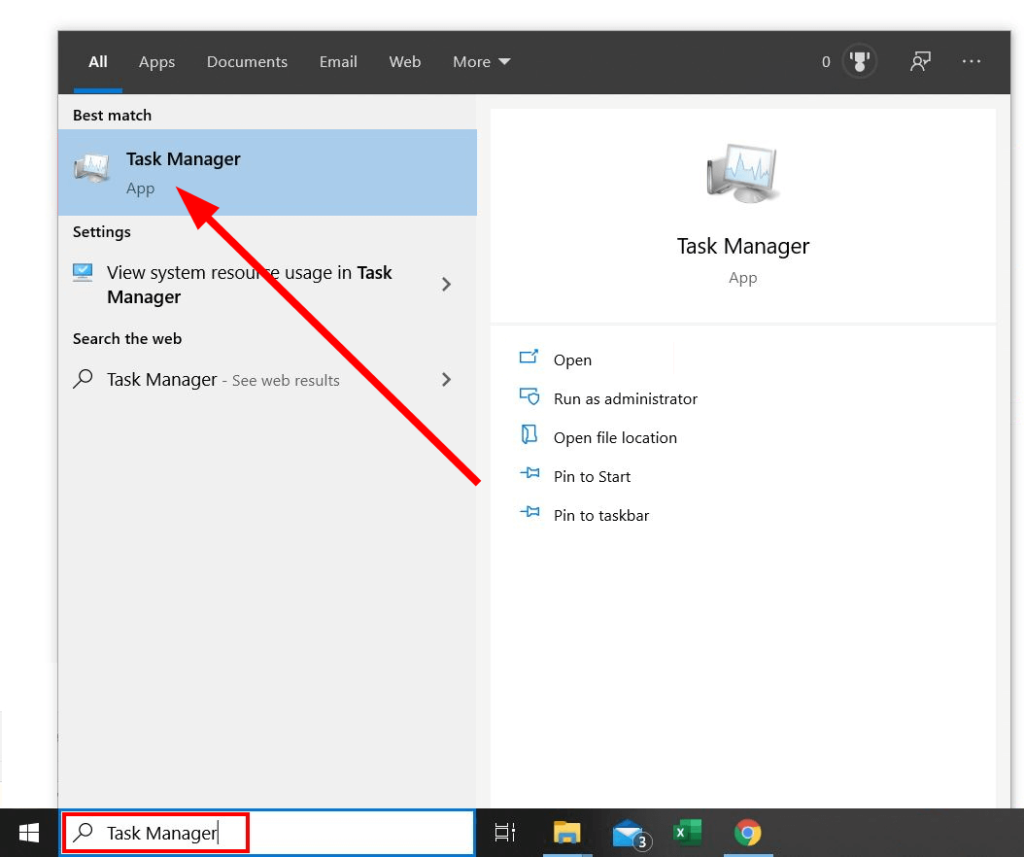
Method 5: Make use of File Explorer
- Step 1: Open File Explorer by pressing the Win + E keys together.
- Step 2: In the address bar, type secpol.msc and hit Enter.
- Step 3: The Local Security Policy window will appear.
Conclusion
By strengthening the security rules and regulations, you may protect your computer from the outside world as well as other people who use it. Also, it can prevent unauthorized users from making changes to your computer.
These are the several methods for accessing Local Security Policy on your Windows 10 PC. Please keep in mind that you will only be able to view the Local Security Policy if you have created it via the procedures described above.







